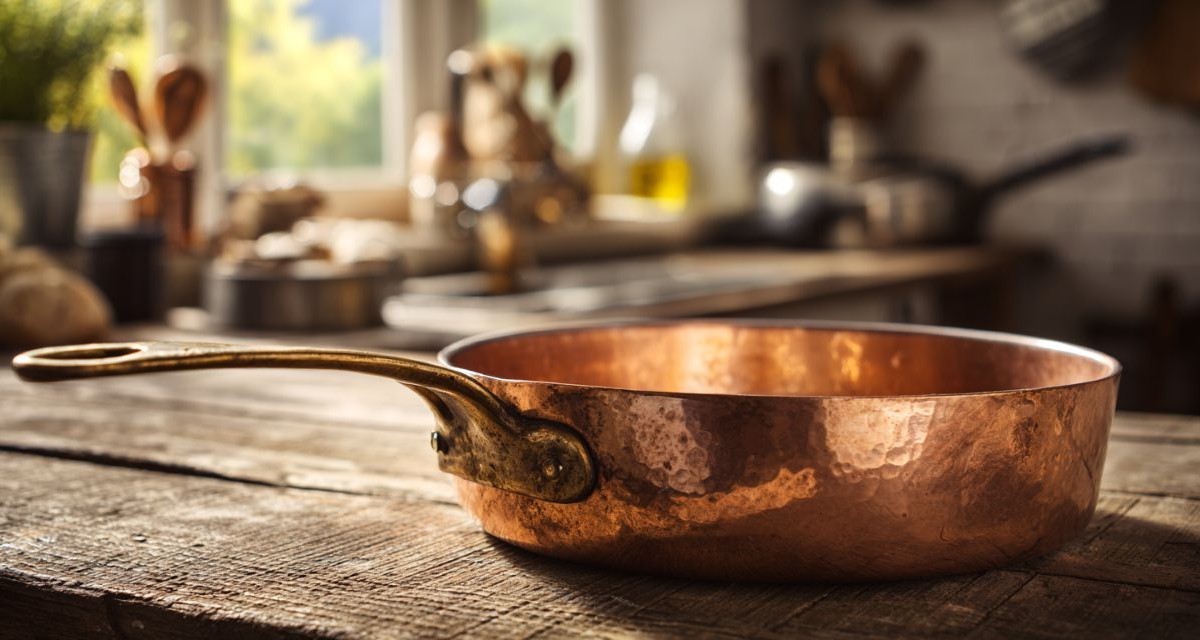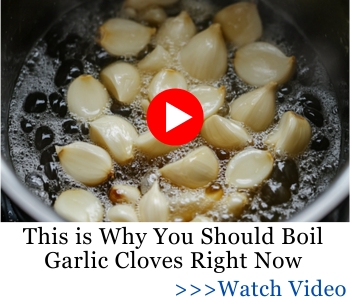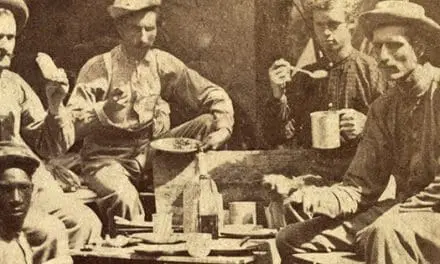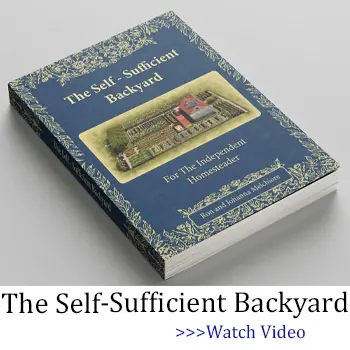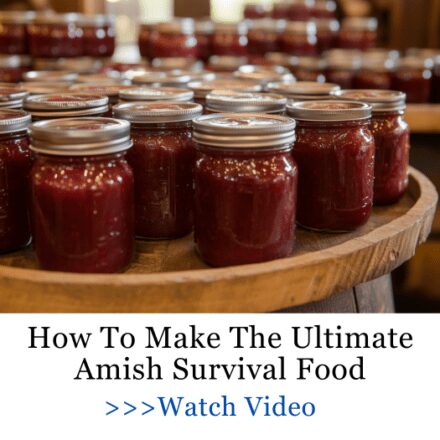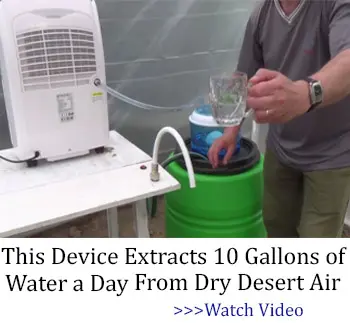Copper cookware has a long, respected history in traditional kitchens. Its beauty is obvious, but its real value lies in how intuitively it cooks. Copper responds instantly to heat changes, distributes warmth evenly across the surface, and gives you control that few other materials can match. Still, copper is not a casual tool. It asks for maintenance, awareness, and a bit of patience.
This guide walks you through the advantages and disadvantages of copper cookware, how to select a high-quality pan, and why this old-world material continues to earn a place in modern kitchens.
Why Copper Cookware Stands Apart
Copper is one of the most efficient heat conductors available. This means fewer hot spots, smoother cooking transitions, and a more predictable experience overall. If you’ve ever scorched chocolate on one side of a pan while the other side remained unmelted, copper solves that.
Cooks who work with delicate sauces, custards, preserves, fish, and eggs often reach for copper because small temperature shifts matter. A few degrees too much can ruin an entire batch. Copper makes those adjustments easier and more intuitive.
Beyond performance, copper brings a warm, natural presence to the kitchen—a reminder of older, slower, more intentional cooking traditions.
Advantages of Copper Cookware
- Excellent heat responsiveness
Copper changes temperature quickly, making it ideal for simmering broths, melting sugar, preventing curdled sauces, and achieving precise browning.
- Naturally even heating
Food cooks consistently across the entire surface, eliminating burnt edges and undercooked centers.
- Perfect for delicate recipes
Classic sauces, jams, candies, and fine reductions benefit from copper’s control and evenness.
- Long-lasting craftsmanship
A well-made copper pan can last for generations. If lined with tin, it can be retinned when worn. If lined with stainless steel, it adds durability while still benefiting from copper’s heat behavior.
- Traditional, clean materials
Copper cookware avoids synthetic coatings, making it appealing to those who want simple, understandable kitchen tools.
Disadvantages and Considerations
- Reactivity with acidic foods
Raw copper reacts with tomatoes, vinegar, citrus, wine, and other acidic ingredients. That’s why most everyday copper pans are lined with tin or stainless steel.
- Ongoing maintenance
Copper naturally tarnishes. Many cooks accept the patina, but if you prefer a bright shine, you’ll need gentle polishing from time to time.
- Tin lining care
Tin is wonderfully smooth and naturally low-stick, but it’s also soft. Overheating or scraping with metal utensils can wear it down, eventually requiring retinning.
- Higher cost
Quality copper cookware is an investment. Thin, decorative copper doesn’t perform the same—and often isn’t worth the purchase.
- Weight
A thick, high-quality copper pan can be noticeably heavy, especially when moving or pouring food.
Types of Copper Cookware
- Copper core (clad) pans
These contain a copper layer inside steel or other metals. They offer some responsiveness with less maintenance and a stainless appearance.
- Tin-lined copper
The most traditional option. Beautiful performance, gentle nonstick qualities, and superb heat control. Tin requires mindful heat management and delicate utensils.
- Stainless steel–lined copper
Durable, practical, and less fussy than tin. A favorite for cooks who want copper benefits without the tin upkeep.
- Thin decorative copper
Often found at low prices. Attractive, but not functional for serious cooking.
How to Choose the Best Copper Cookware Pan
- Check the thickness
True, high-performing copper cookware generally ranges around 2.3 to 3 mm thick. Thin copper heats unevenly, dents easily, and doesn’t provide the benefits you’re paying for.
- Consider the lining
Tin gives a smooth, gentle cooking surface. Stainless steel provides durability and tolerance for higher heat. Both eliminate copper’s reactivity with food.
- Evaluate handle construction
Look for solid riveting, a comfortable grip, and sturdy materials such as cast iron or bronze.
- Match it to your stove
Gas works beautifully. Electric is fine. Induction requires special copper with a magnetic base.
- Choose the right size for your needs
A small copper saucepan is often the perfect entry point. It lets you explore copper’s benefits without committing to a full set.
- Buy from reputable makers
Reliable brands clearly state thickness, materials, and offer retinning or long-term servicing options.
Caring for Your Copper Pan
Wash by hand with mild soap and a soft sponge. Dry immediately. Avoid abrasive pads that scratch either the copper or the lining. Polish only when you want to restore shine—tarnish is harmless and, to many traditional cooks, part of the pan’s character.
Is a Copper Pan Right for You?
Copper rewards cooks who love precision, craftsmanship, and deliberate, mindful cooking. If you want a pan that responds instantly and lasts for decades, copper is a beautiful choice. If you prefer low-maintenance, lightweight tools, another material may be easier to live with.
Still, even one well-selected copper saucepan can elevate your kitchen experience in a way few tools can.
Build a More Resilient Kitchen with The Lost Superfoods
Copper cookware is just one piece of a thoughtful, resource-wise kitchen. If you want to deepen your understanding of traditional food skills and long-lasting nutrition, The Lost Superfoods is a powerful next step.
What you will learn:
- How to create nutrient-dense foods that store naturally for months
- Forgotten preservation techniques used before refrigeration
- Practical recipes for long-lasting meals during shortages or emergencies
- Simple ways to build a pantry that supports long-term wellness and resilience
A good copper pan teaches you to cook with intention. The Lost Superfoods teaches you to nourish your home the same way—slowly, simply, and with wisdom from generations before us.
You may also like:
Canned Beets: A Long-Lasting Source of Nutrition and Wellness
Produce Your Own Electricity For Free For Decades To Come (Video)

